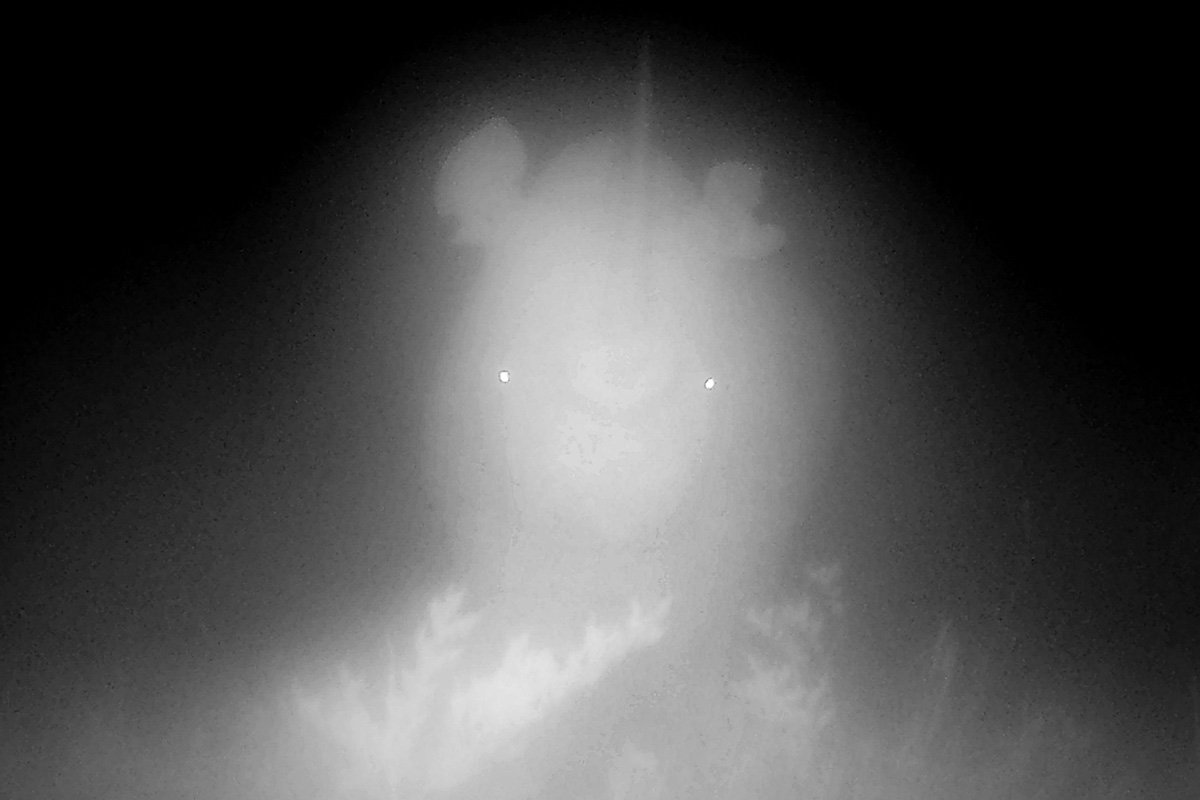
Would you like to read something scary?
According to WWF’s recent “Living Planet Report,” the African continent has suffered a “catastrophic” 73% decline in the average size of its wildlife populations since 1970.
In the Greater Amboseli Ecosystem, the most glaring population decline has undoubtedly been that of the Eastern black rhinoceros. Today, any mention of Amboseli brings to mind vast herds of elephants, but it was actually rhinos which first attracted tourists to its white, dusty plains back in the 1950s and 60s.
Decades of poaching reduced Kenya’s rhino population from the tens of thousands to just 400 in the 1980s. Amboseli’s rhinos had disappeared by the 90s, but just 50 kms to the east, a small group of rhinos was hiding. Their presence was only discovered when rangers working for Big Life’s co-founder, Richard Bonham, found tracks deep in the lava forests of the Chyulu Hills.
Since then, Big Life has invested considerable resources towards protecting them. With 63 rangers across 10 outposts, this intense monitoring has ensured that no rhino has been poached in the area since 2016.
These efforts received an enormous boost thanks to the near miraculous birth of a Chyulu rhino calf last year, bringing the total population to 8, including the ghostly apparition of Dickson, seen here on a camera trap one recent misty morning.
While Kenya’s black rhino population has dropped vertiginously, it is slowly emerging as a conservation success story. Current estimates put them at more than 1,000 across Kenya, and that is expected to double by 2040.
We hope to do our bit by reintroducing more rhinos to bolster this tiny Chyulu population in future. Maybe by 2040, Amboseli will once again welcome tourists to see its rhinos.
Now wouldn’t that be a treat?
We want to thank all those who support our rhino program, particularly the Kenya Wildlife Service, USFWS, and Chester Zoo as well as Royal African Safaris.
